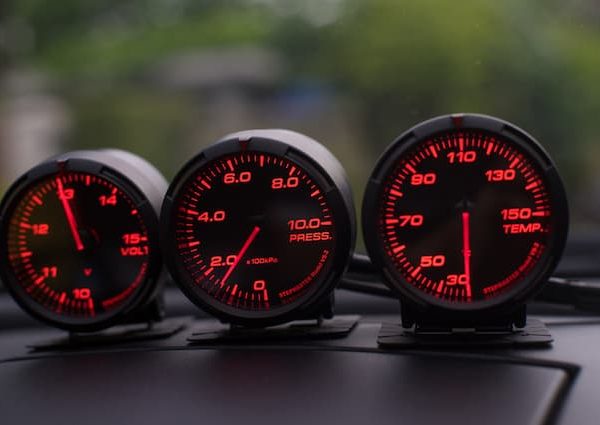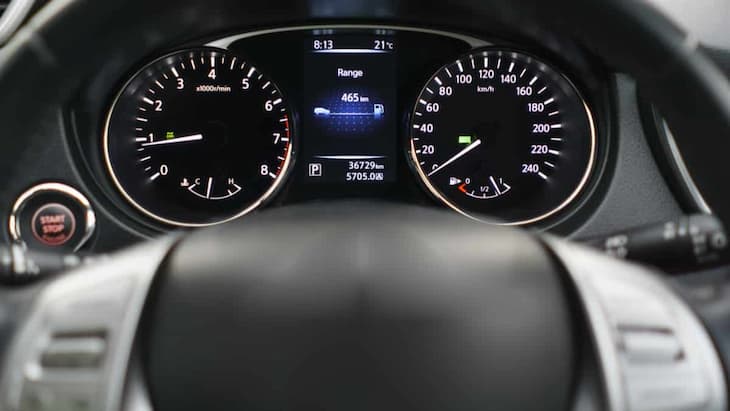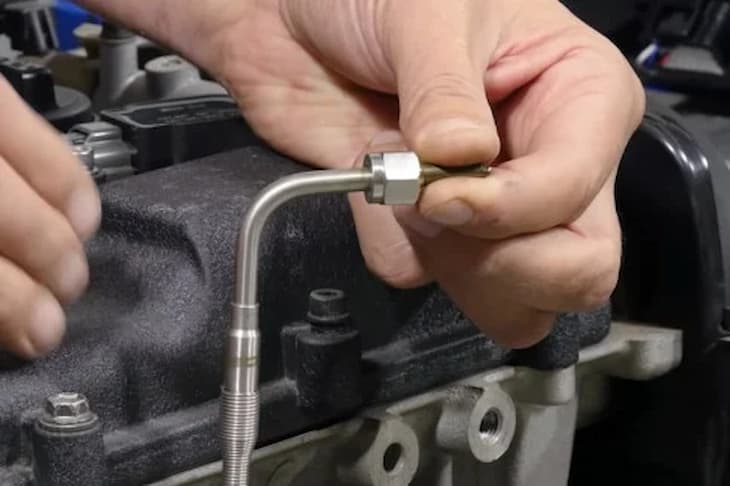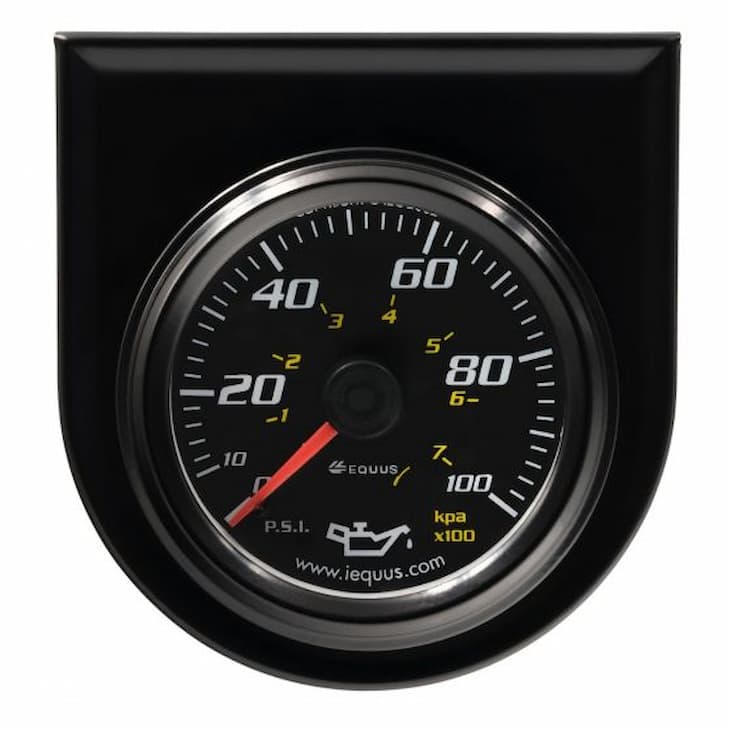31
Jan

The Outback is as harsh as it gets. Scorching heat, dust, haze, and except for a few poisonous critters, not a soul in sight. This isn’t your favourite place for a breakdown. Traversing this part of the country means you’re aware of the hazards and have your vehicle adequately prepared. Think basic protective gear, a decent suspension setup, and grippy tires to make light work of loose surfaces and anything that comes your way. What’s also important is having the basic info as to what’s exactly happening under the bonnet.
Gauges measuring engine vitals will tell you how hard your oil burner is working. If your car is missing out (as most are), then these are easily picked up from a dedicated 4×4 store. The data gauges provide can mean the difference between a happy and humming diesel ute or 4WD, or one that will cark it in the middle of nowhere, and have you scratching your head.

The higher compression rates in diesel engines point to higher generated temperatures and pressure. And while diesels are built tough, they too have their limits. When pushed in environments like the bush, you’ll want to know how much boost the turbo is churning out, the gas temperatures exiting the engine, and whether there’s enough oil for smooth operation. In a nutshell, you’ll want a boost gauge, a pyrometer gauge, and one that monitors oil pressure.
Pyrometers, or more commonly known as Exhaust Gas Temperature (EGT) gauges speak volumes of the (diesel) fuel and air ratio in the engine, and how hot the temperatures get when these two are combusted and making their way out of the exhaust. The gauge provides precise, real-time info regarding the loads in the engine, and if you’re pushing things a bit too far and risk blowing the turbo and internals. Any abrupt changes appear instantly, unlike the standard engine temperature gauge the car comes with.
EGT gauges are essentially sensors that convert measured temperatures using a thermocouple probe consisting of two dissimilar metals welded together. This generates an electrical signal or voltage. The signal is then interpreted and displayed as a corresponding temperature. The gauge will display different temperatures under different engine speeds and loads. For instance, any fully-laden ute making its way up a steep technical incline will be more stressed (and display a higher EGT value) than one that is idling.

The probes in turbocharged engines can be installed in one of two possible positions, either in the turbocharger inlet up-pipe (or before the turbo) or in the turbo downpipe (or after the turbo). The turbine effectively reuses spent exhaust gases, so the EGT readings after the turbo will generally be quite a bit cooler. Higher than usual values (exceeding 600° after the turbo) mean you’re a few degrees shy of melting aluminium parts, or blowing head gaskets and warping the cylinder head.
Maintaining healthy heat ranges of around 300°C is all about combustion efficiency. This happens with air-to-fuel ratios that are neither rich, with too much fuel, nor lean with more air. And it extends the longevity of the engine while providing optimal performance. Consider installing a pyro gauge if you’ve added bigger injectors, or opted for a beefier fuel pump or wider exhausts.
You’ll often see a pyrometer gauge paired with a boost sibling. As mentioned, both are necessary in vehicles modified for more power. Boost gauges measure the vacuum and compression levels in the turbine, as it pushes more air into the engine. Air pressure is displayed as PSI (pounds per square inch) and with the turbo spooling during moderate to high engine RPMs, safe operating values (between 15 and 20PSI) mean the engine and turbo are working as they should. Lower figures can be a sign of mechanical faults, while boost levels verging on high will see you run the risk of damaging the internals or the turbine itself. Off-roading is demanding on any ute or turbocharged diesel 4WD, and the engine will be helped by the turbo boost in most driving scenarios. Boost gauges just help tell you when you need to back off the acceleration pedal so you don’t risk expensive repairs.

With more air pressure and faster turning engines comes more heat. Oil has the basic task of preventing friction and resulting heat between metal parts spinning thousands of times each minute. In addition, it cools the engine by circulating through oil passageways. Oil pressure gauges measure the amount of oil in the engine. Most do this by relaying data they receive from sensors installed near the oil pump. High values can mean various issues with the oil, like contamination or too high viscosity, robbing the engine of the needed lubrication and risking fine particles causing parts damage. It can also point to clogged filters. Alternatively, low oil pressure hints at low oil viscosity, leaks, damage to piston oil rings, and the car burning oil instead of fuel. In either case, you’ll need to shut the engine down to prevent further damage.
While standard car gauges are good on the bitumen, when hitting the red soils, you’ll want gauges that let you have a bit of fun, but also tell you when it’s time to cool off. The combination of pyro, boost, and oil pressure gauges is easily connected to mechanical dials or electrical displays in the cabin. Just ensure that probes and sensors are installed flush with the corresponding parts.